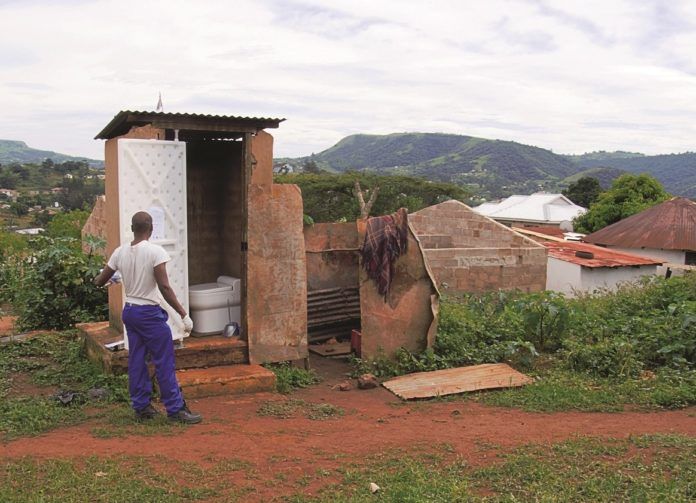Progress on the Path to Reinventing the Toilet
Published on by Water Network Research, Official research team of The Water Network in Non Profit
The UK’s Cranfield University t ook up the Gates Foundation’s Reinvent The Toilet challenge in 2012. From that has come a self-contained, waterless solution, which combines a number of technological innovations. Keith Hayward got a progress update from Dr Alison Parker.
There is still important progress to be made before the UK’s Cranfield University can say it has met the goal set by the Bill & Melinda Gates Foundation to reinvent the toilet. But seven years after it received a grant under the foundation’s Reinvent The Toilet challenge , the university is closing in on a solution – progress reflected by the fact that the technology won first prize in last year’s IWA Project Innovation Awards, claiming the Kiran and Pallavi Patel Grand Innovation Award.

The Nano Membrane Toilet on trial in South Africa (Image © Pedro Talaila, Published on thesourcemagazine.org)
Cranfield refers to technology as the Nano Membrane Toilet (NMT) . “It is called a toilet, but really it is a miniature sewage treatment works. It provides complete treatment for human waste onsite, in the home,” says Dr. Alison Parker, one of a project team that has involved around 50 researchers. “We are not there yet – we are still working on it – but that is our vision,” she adds.
The NMT is being developed in one of a number of projects to have been selected for support in 2011-2013. The project website acknowledges that inspiration was provided by the 2011 round of recipients, including EAWAG, Loughborough University, the University of Toronto, and TU Delft.
“What excites me about this is the potential to fill a big technological gap in the way we think about managing human waste,” says Parker. On one side of the gap is the conventional approach, involving centralized sewage treatment. “This works well for a good number of people, but there is a large proportion of the world for whom that doesn’t work,” she says. On the other side is onsite sanitation, typically pit latrines. “Emptying pit latrines is very challenging. Even with new technology, it is still incredibly messy and incredibly unhygienic,” Parker continues, adding: “Other types of on-site sanitation, such as different kinds of composting toilets, have definite positive points, but lots of people don’t want to use compost or don’t have a use for compost locally to them.”
Read the full story on The Source Magazine
Media
Taxonomy
- Solid Waste Management
- Composting Toilet
- Sewage Treatment
- Waste to Value
- Water & Sanitation
- Waterless Sanitation
- Sanitation & Hygiene
- Sanitation & Hygiene
- Waste Management
- Sanitation and Hygiene
- Solid Waste Management